The Santa Barbara Club
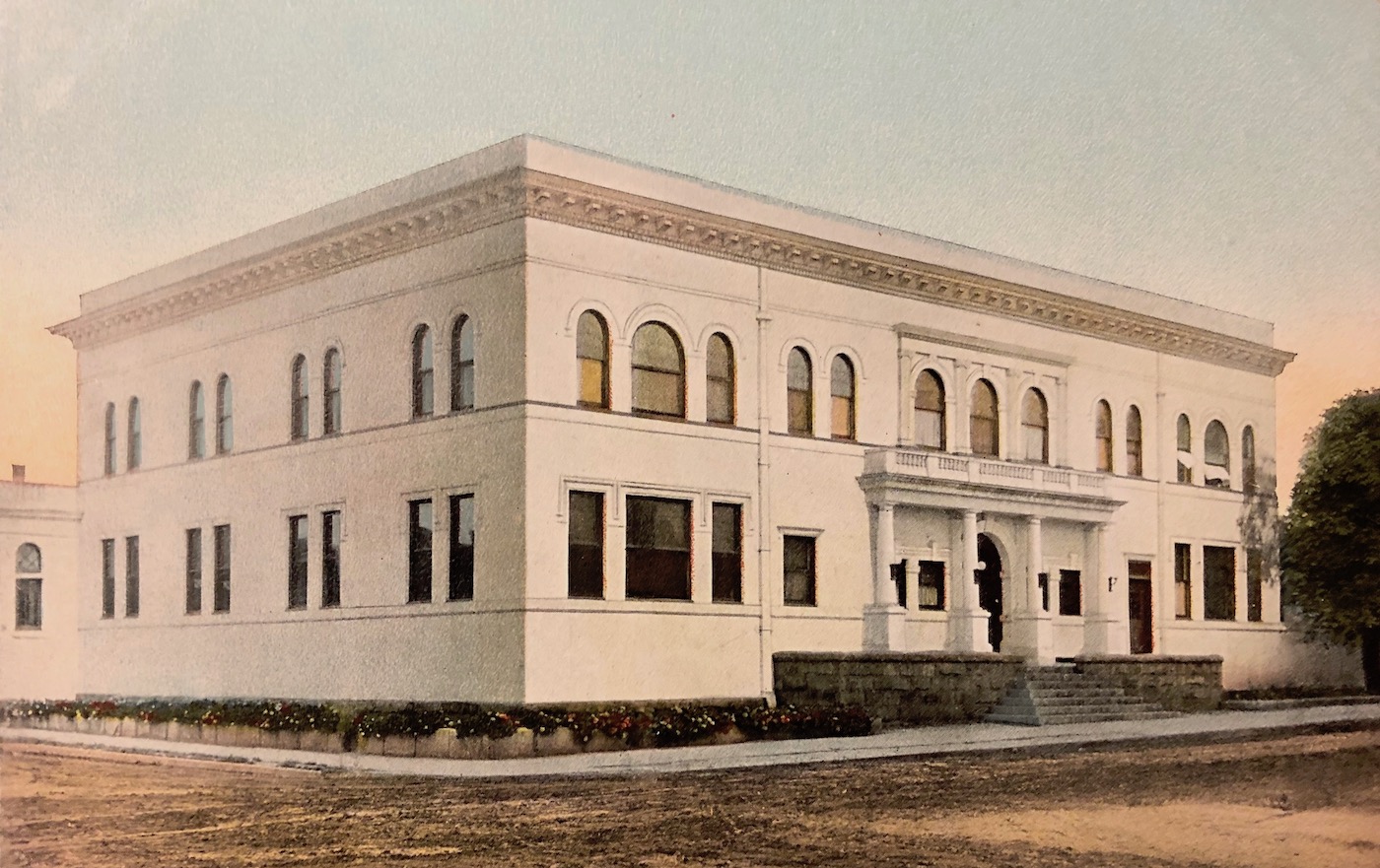
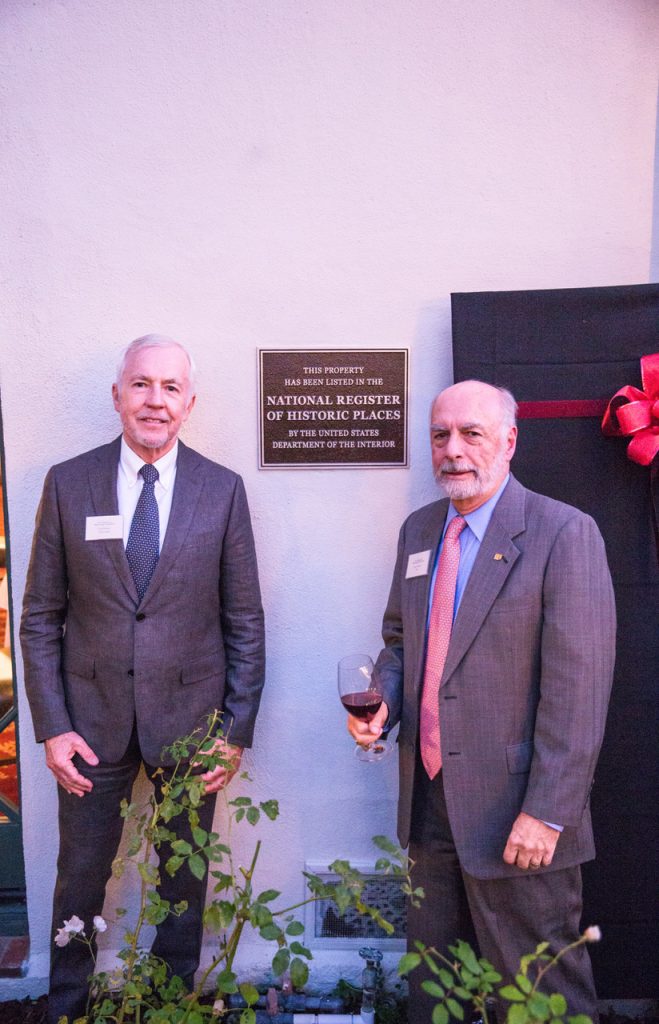
Nearly a hundred members and guests gathered at the Santa Barbara Club at the end of October to celebrate the clubhouse’s entry onto the National Register of Historic Places. After an elegant reception featuring tasty tapas, wine and bonhomie, Santa Barbara Club president John Brinker unveiled the brass plaque bearing the distinction of national historic status for the Francis Wilson-designed, 115-year-old building.
John Doordan, president of the non-profit arm of the club named the Santa Barbara Club Preservation Foundation, said, “The designation affords our property the honor of inclusion in the nation’s official list of cultural resources worthy of preservation.”
Though the Preservation Foundation has a mission that reaches beyond the club, its initial focus is to preserve both the clubhouse and the history of the club itself through a commemorative book and digitization and protective archiving of its many historic documents and ephemera. The history of the club, for that matter, is entwined tightly with the history of Santa Barbara. “After all,” said Doordan, “very few buildings in Santa Barbara are still owned and operated by the same people who built them and still serve the same function.”
Besides the unveiling of the brass plaque, the other highlight of the evening occurred when George Leis, president and chief operating officer of Montecito Bank and Trust, presented the Foundation with a check for $10,000 on behalf of the bank. The funds are slated to benefit the Foundation’s current projects.
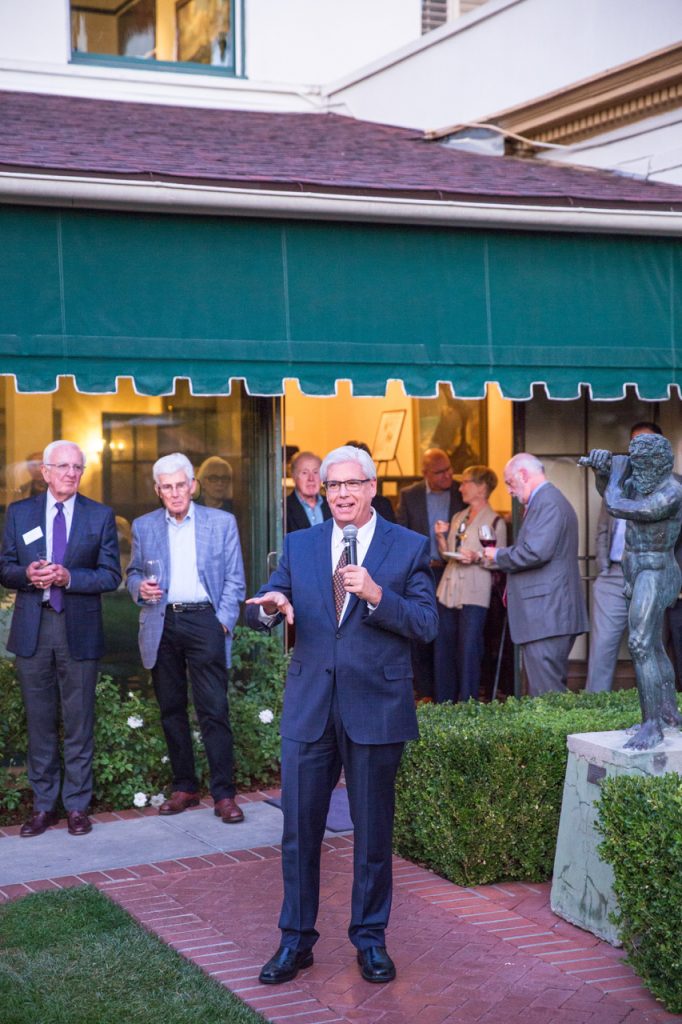
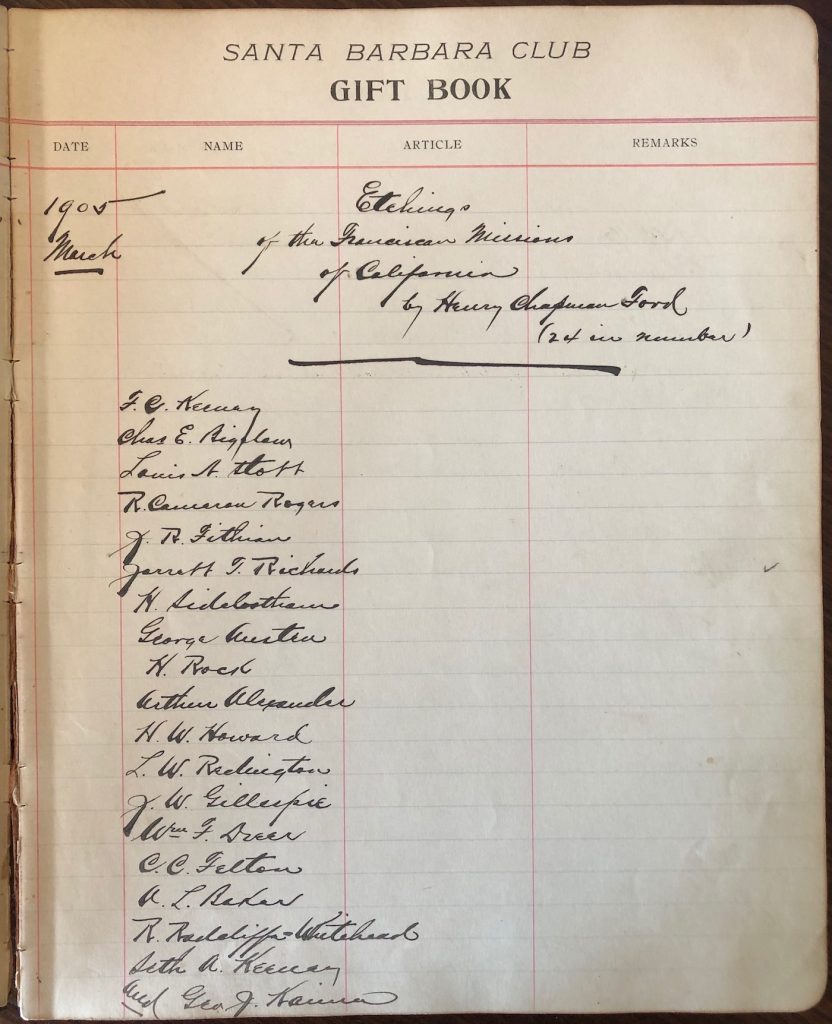
The Santa Barbara Club was formed in 1892 as an outgrowth of the Arlington Jockey Club, a club formed by Eastern visitors who staged a series of horse races and other events each winter season. The Santa Barbara Club satisfied the needs of permanent residents for a year-round men’s social club and established a base in rented quarters on West Figueroa Street. Their dream was to have a permanent clubhouse, however, and that dream was realized in 1904.
Nevertheless, on moving day, the old clubhouse was not abandoned without a pang or two. “It was dingy and shabby, but it was the abode of good-fellowship quite unusual even in the world of clubs,” reported the Morning Press. The club membership resembled a large family that showed a “brotherly frankness” in their observations to each other and “brotherly ribbing” in the repartee that pervaded their meetings.
The Morning Press had reported that the new building was a source of pride and a pleasure to the entire membership, and the glittering opening reception on February 16, 1904, demonstrated why. Over 200 guests, both men and women, were greeted by arc lights illuminating the portico as they arrived in their horse-drawn carriages. The Potter Hotel band provided dance music in the central hall, and the Mexican band entertained from the stair landing. Guests toured the new dining room, reading room, and billiard room. They explored the kitchen and the women’s private dining room on the first floor with its side door entrance. Upstairs they exclaimed over the game room and admired the rooms for lodging.
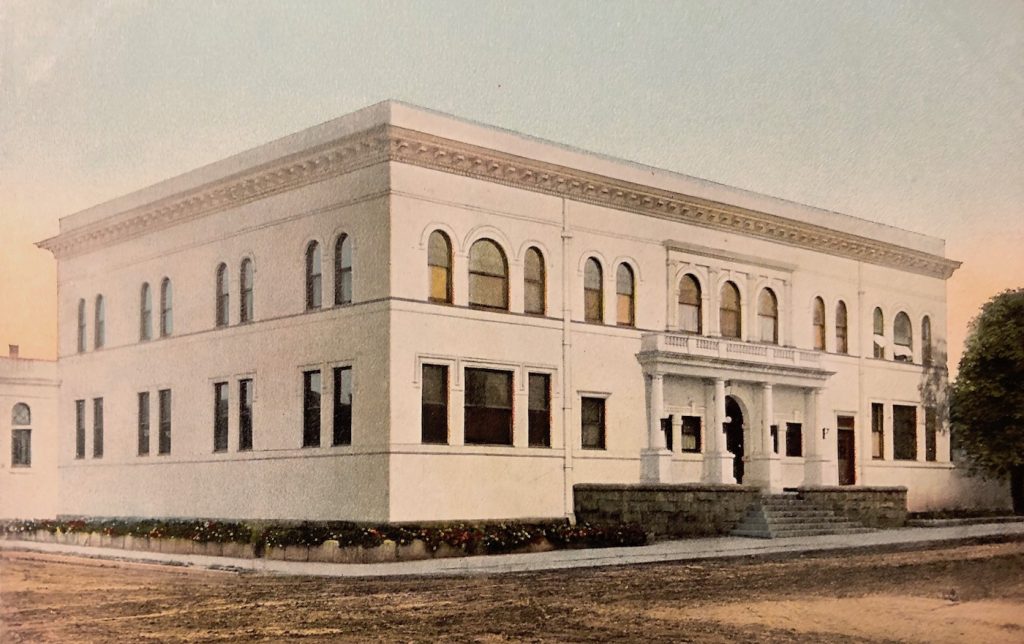
The new clubhouse was designed by renowned local architect Francis W. Wilson in the Beaux Arts style. Its symmetrical facades and formal, balanced arrangement of arched and rectangular windows, string courses, and entablature ennobled the purpose and stature of the Club. The design of the clubhouse, however, did not exhibit the heavy and excessively elaborate ornamentation for which Beaux Arts style became known. Instead, a tasteful classical restraint appropriate to Santa Barbara of the time insured that the building’s architecture would survive the decades, as has the historic club itself, which celebrated its 127th birthday this year.





